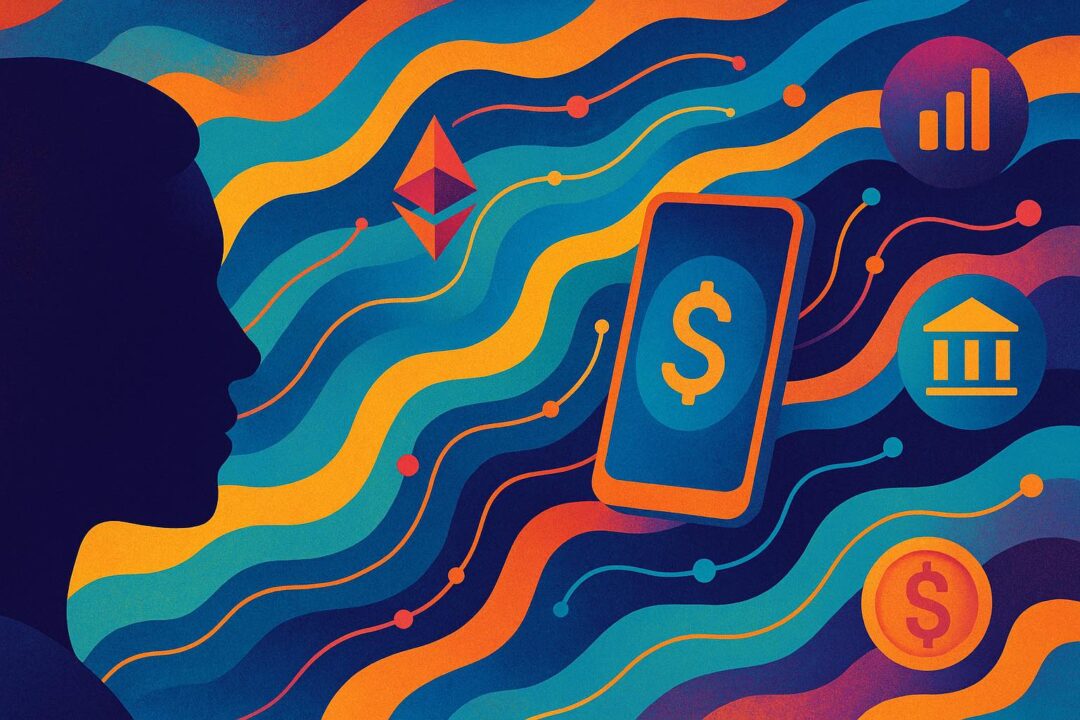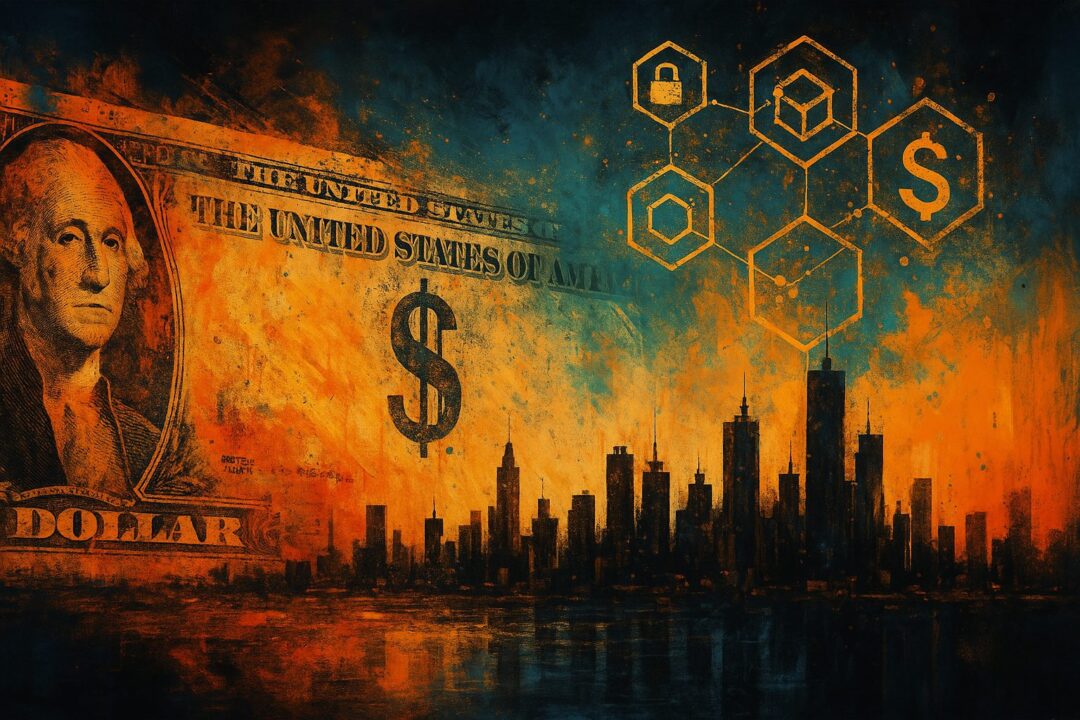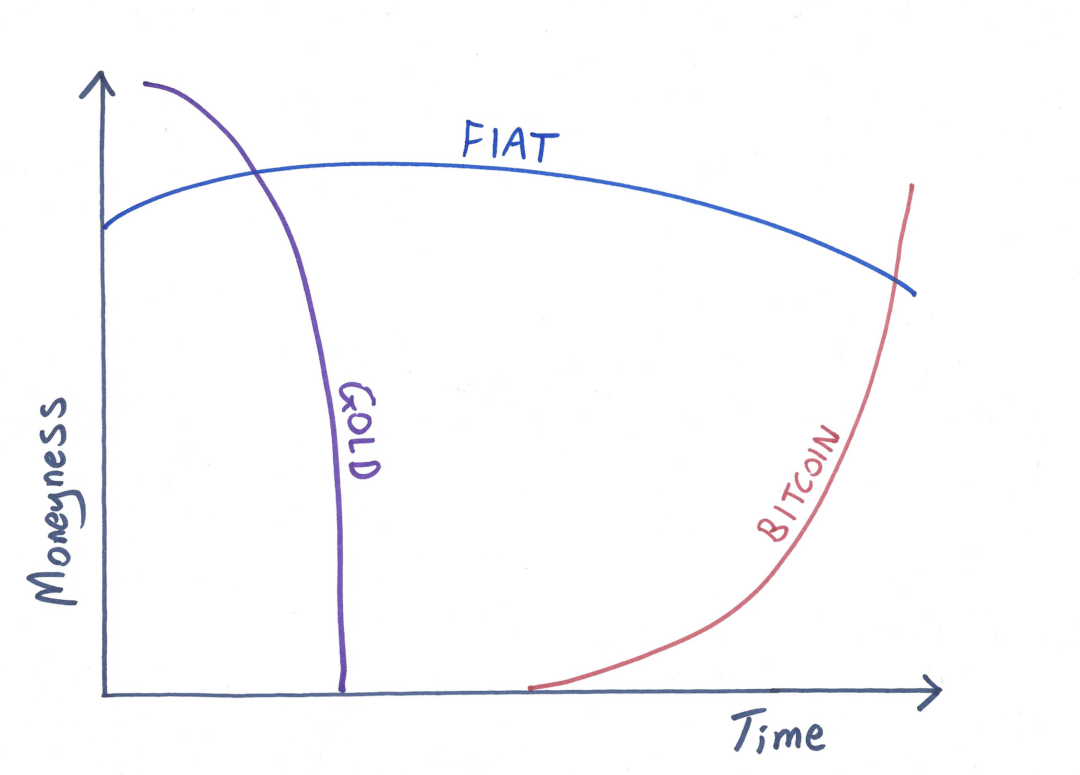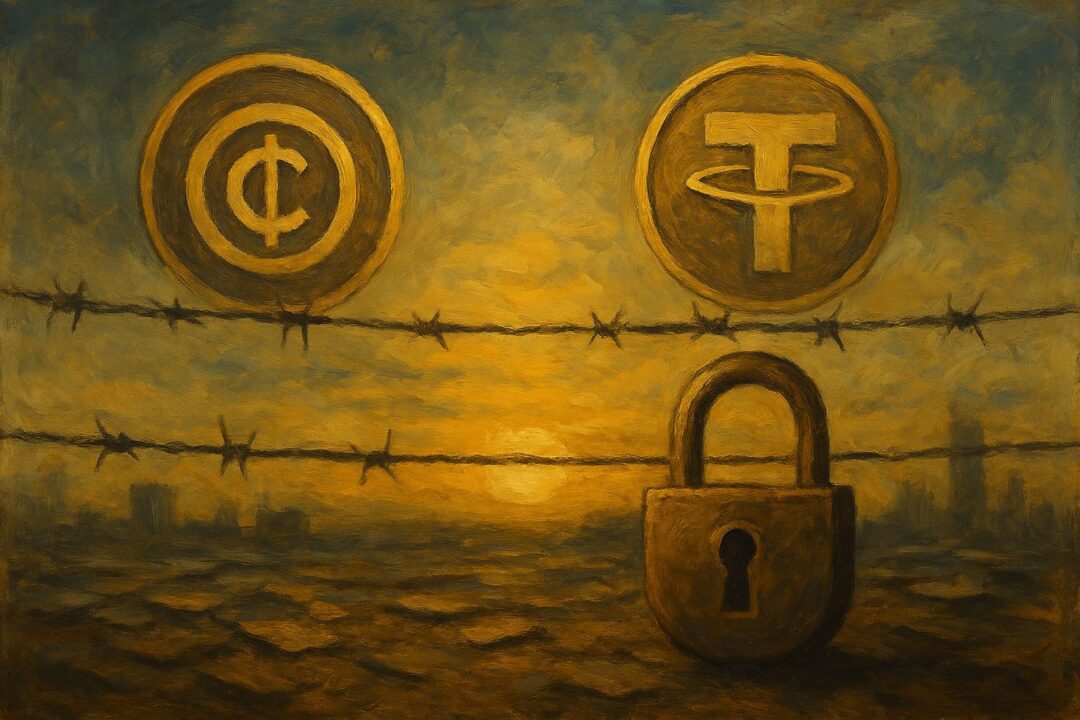For decades, the most important interest rate in the world wasn’t even set in the United States. That rate was LIBOR—the London Interbank Offered Rate—and it served as the backbone for hundreds of trillions of dollars in global financial contracts.
But today, LIBOR is gone, replaced by a new benchmark called SOFR. And while that might sound like a technical adjustment, it’s actually part of a much bigger story: one where the U.S. has quietly taken back control of how its own currency is priced around the world.
What Was LIBOR?
LIBOR stood for the London Interbank Offered Rate. It was the interest rate that major global banks said they would charge each other to borrow U.S. dollars (and other currencies) without posting any collateral. These were short-term loans between highly trusted institutions, and LIBOR served as the going rate for that borrowing.
Every day, a panel of banks in London would submit estimates of what rate they could borrow at. The average of those estimates became LIBOR. And for decades, this number anchored global finance: from adjustable-rate mortgages to corporate loans to complex financial derivatives. At its peak, more than $300 trillion in contracts were tied to LIBOR.
Why LIBOR Worked (for a While)
LIBOR was perfectly suited to the Eurodollar system—an enormous offshore market of U.S. dollars held outside U.S. borders, mostly in European banks. These “Eurodollars” weren’t subject to U.S. regulations or Federal Reserve oversight. They could move freely, with banks trusting each other to lend and borrow without collateral. LIBOR was the benchmark interest rate for all of it.
But this trust-based system had a flaw: it was based on opinion, not actual transactions.
The 2008 Crisis: When Trust Disappeared
When the global financial crisis hit in 2008, trust among banks evaporated. Suddenly, no one was sure who might go under next. LIBOR, which was supposed to reflect real borrowing conditions, stopped doing that.
Banks didn’t want to lend to each other—even though LIBOR still suggested everything was fine. The disconnect became dangerous.
To keep dollars flowing through the global financial system, the U.S. Federal Reserve had to step in. It created dollar swap lines with other central banks to ensure foreign banks could still access U.S. dollars when needed.
And then came the scandals.
In the years after 2008, it was revealed that banks had been manipulating LIBOR to benefit their own trading positions. It wasn’t just a broken system—it was a rigged one. Confidence collapsed.
The search for a new benchmark began.
Enter SOFR: A New Way to Price the Dollar
SOFR stands for the Secured Overnight Financing Rate. It’s a new benchmark created by the Federal Reserve, based on actual transactions in the U.S. repo market—a massive market where banks borrow cash overnight, using U.S. Treasuries as collateral.
Why SOFR Is Different
| LIBOR | SOFR |
|---|---|
| Based on estimates | Based on real trades |
| Unsecured loans | Secured by collateral |
| Set in London | Set in New York |
| Multiple tenors (1m, 3m, 6m) | Overnight only (now expanding) |
| Easy to manipulate | Transparent and transaction-based |
SOFR is harder to manipulate because it’s grounded in real-world trades. Every day, it reflects how much it actually costs to borrow dollars overnight using safe, liquid assets like Treasury securities.
But SOFR isn’t just a cleaner number—it represents a fundamental shift in who controls the dollar system.
The U.S. Takes Back the Dollar
For most of the postwar era, the offshore Eurodollar market—centered in London—was where the world got its dollars. That market was vast, opaque, and largely outside U.S. regulatory reach.
LIBOR was the heartbeat of that system.
SOFR, on the other hand, is fully within the control of the U.S. Federal Reserve. It’s based on domestic, collateralized markets and is now the standard benchmark for U.S. dollar loans, bonds, and derivatives.
By shifting global finance from LIBOR to SOFR, the U.S. effectively brought the pricing of its own currency back home. The Fed now has much tighter oversight over how the dollar is priced and where liquidity is flowing.
What This Means Going Forward
Today, all new U.S. debt is being issued using SOFR. Derivatives markets have transitioned from Eurodollar futures (based on LIBOR) to SOFR futures. Financial institutions have updated their systems. The change is real, and it’s permanent.
This shift has several major consequences:
- More transparency in how interest rates are set.
- Less reliance on offshore, unregulated markets.
- Greater U.S. control over global dollar funding.
- A blow to the shadow banking system, which relied heavily on the flexibility of LIBOR.
Conclusion: A Quiet Revolution in Global Finance
The death of LIBOR isn’t just the end of an index. It’s the end of an era where the most important rate in the world was based on trust, judgment calls, and estimates. That era worked—until it didn’t.
SOFR is a sign of the times: a system based on data, collateral, and oversight.
And while most people won’t notice the change, anyone watching the flows of global capital knows—this is one of the most important financial shifts in decades.
Discover more from Brin Wilson...
Subscribe to get the latest posts sent to your email.



